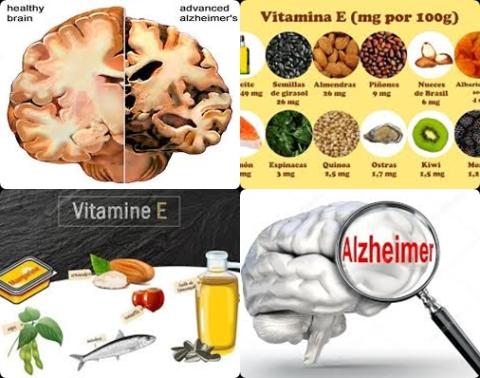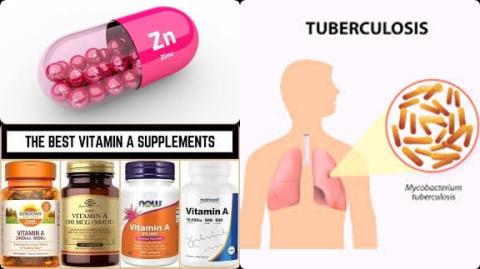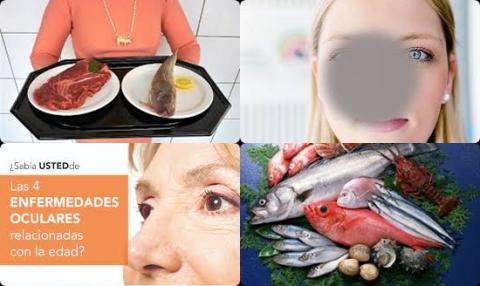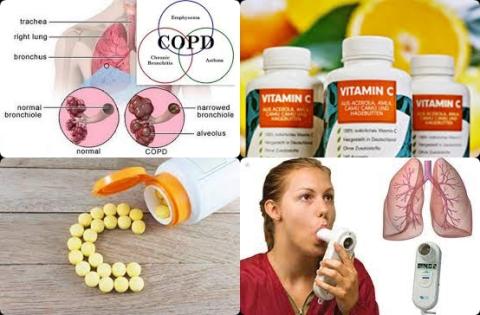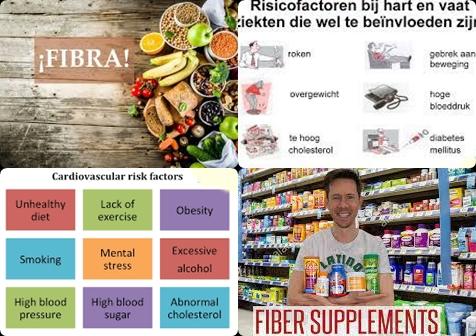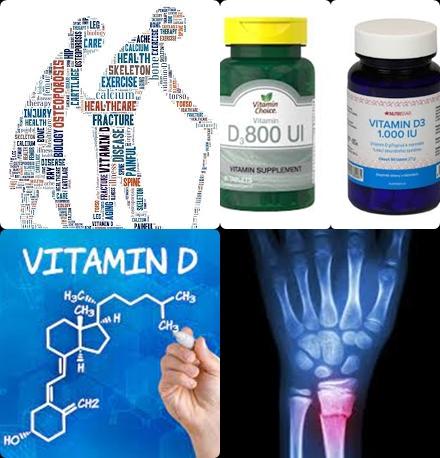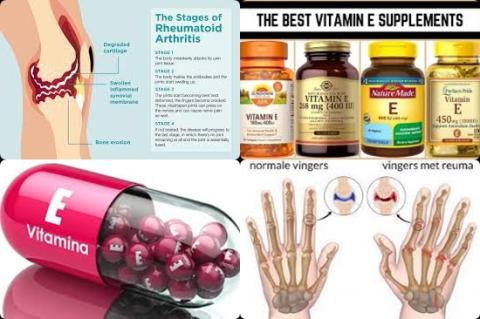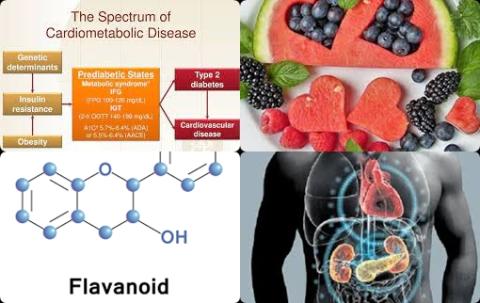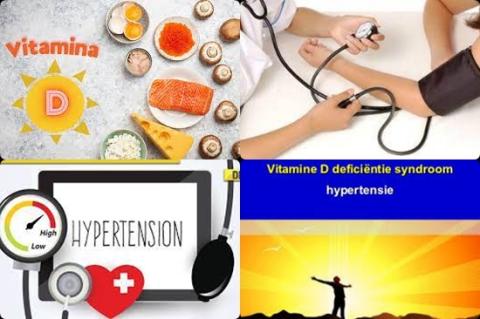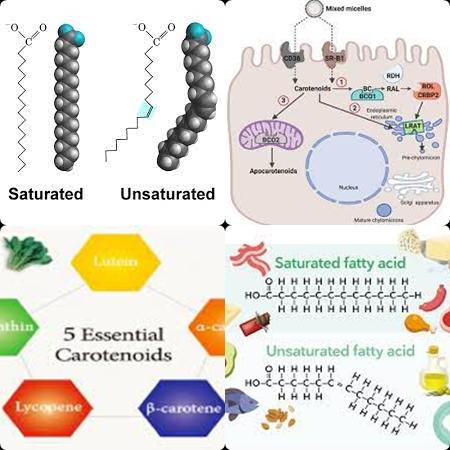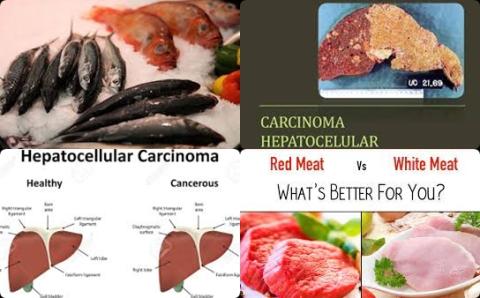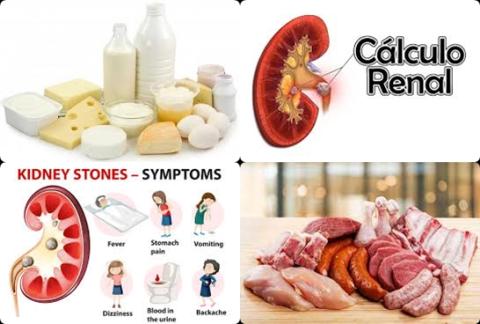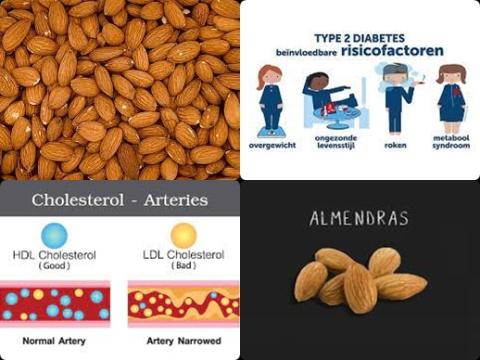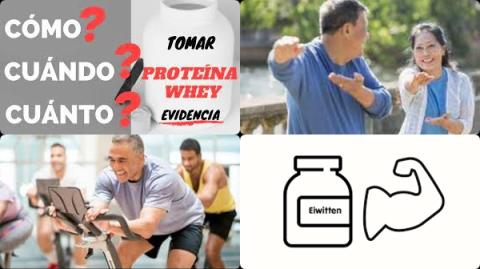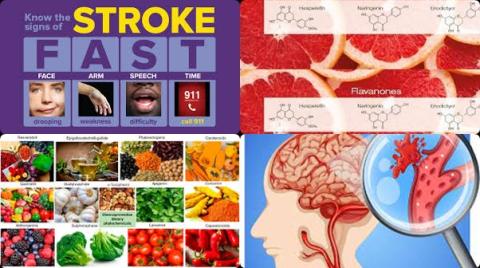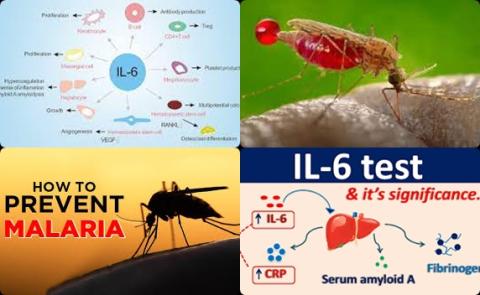Objectives:
Is IL-6 is a candidate marker for severe malaria?
Study design:
This review article included 43 studies.
Most of the included studies were prospective observational studies (19, 44.2%) and the remaining study types included cross-sectional studies (16, 37.2%), case-controlled studies (6, 14%) and randomized controlled trials (RCTs) (2, 4.6%).
The studies enrolled patients with P. falciparum (32, 74.4%), P. vivax (4, 9.3%), P. falciparum/P. vivax (3, 6.98%), P. falciparum/P. knowlesi (1, 2.3%), P. falciparum/P. vivax/P. ovale (1, 2.3%), P. falciparum/P. vivax/mixed infection (1, 2.3%) and P. falciparum/P. vivax/P. ovale/P. malariae (1, 2.3%).
Some studies enrolled children (20, 46.5%), adults (16, 37.2%), all age groups (6, 14%) and not specified (1, 2.3%).
Most of the studies (31, 72.1%) used only microscopy for malaria detection although microscopy/PCR (5, 11.6%), microscopy/rapid diagnostic test (RDT; 5, 11.6%) and microscopy/RDT/PCR (2, 4.65%) were also used.
An ELISA was the most common method used for IL-6 measurements (30, 69.8%), followed by a bead-based assay (13, 30.2%).
Thirty-two studies (74.4%) were high quality, whereas 11 studies were moderate qualities.
Heterogeneity of the effect estimate among the included studies was the main limitation of this analysis.
Results and conclusions:
The investigators found results of the meta-analysis showed that patients with severe malaria had higher mean IL-6 levels than those with non-severe malaria [WMD = 96.63 pg/mL, 95% CI = 0.88 to 19.38 pg/mL, p = 0.04, I2 = 99.9%, 13 studies].
The investigators found that the pooled effect estimate was unchanged after the publication bias was adjusted [WMD = 96.60 pg/mL, 95% CI = 4.32 to 188.89 pg/mL, p = 0.04, 13 studies].
The investigators found results of the meta-analysis showed that patients with uncomplicated malaria had higher mean IL-6 levels than the controls [WMD = 42.86 pg/mL, 95% CI = 30.17 to 55.56 pg/mL, p 0.001, I2 = 100%, 17 studies].
The investigators found results of the meta-analysis showed no differences in the mean levels of IL-6 between patients with uncomplicated malaria and those with asymptomatic malaria [WMD = 42.07 pg/mL, 95% CI = -2.23 pg/mL to -86.37 pg/mL, p = 0.063, I2 = 99.1%, 8 studies] or between patients with asymptomatic malaria and healthy controls [WMD = 1.67 pg/mL, 95% CI = -2.73 pg/mL to -6.07 pg/mL, p = 0.45, I2 = 98.1%, 2 studies].
The investigators found subgroup analysis of continents showed no differences in IL-6 levels between patients with severe malaria and non-severe malaria for studies conducted in Africa and Asia.
The investigators found results of the meta-analysis showed that a higher mean level of IL-6 was observed in patients who died compared with the levels of those who survived [WMD = 1,399.19 pg/mL, 95% CI = 384.16 to 2,414.2 pg/mL, p = 0.007, I2 = 93.1%, 4 studies].
The investigators found meta-regression analyses of continents, malarial complications, parasitemia, age, male percentage, malaria diagnostic methods and IL-6 measurement methods showed that these co-variates did not confound the effect estimate [p > 0.05].
The investigators concluded significantly increased levels of IL-6 are observed in patients with severe malaria compared with those in patients with non-severe malaria, which indicates that IL-6 is a candidate marker for severe malaria. In addition, IL-6 might be a candidate marker for malaria infection and therefore could be used to differentiate malaria infection from other febrile diseases. Therefore, it is recommended that future studies should investigate the sensitivity and specificity of increased IL-6 levels to determine the effectiveness of measuring IL-6 levels to detect malaria infection and monitor malaria severity to improve the efficiency of malaria diagnosis and management.
Original title:
Increased interleukin-6 levels associated with malaria infection and disease severity: a systematic review and meta-analysis by Wilairatana P, Mala W, […], Kotepui M.
Link:
https://www.ncbi.nlm.nih.gov/pmc/articles/PMC8993930/
Additional information of El Mondo:
Find more information/studies on food fortification/malnutrition and malaria right here.


